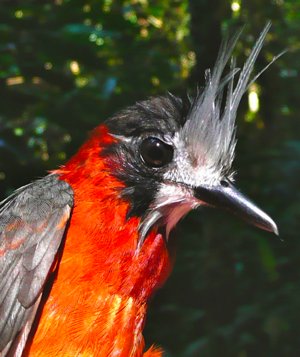 Many bird species in the Amazon rainforest previously isolated and thought to be extinct in the quarter-century following deforestation have reappeared in these same areas.
Many bird species in the Amazon rainforest previously isolated and thought to be extinct in the quarter-century following deforestation have reappeared in these same areas.
Lead author Philip Stouffer, an ornithologist at Louisiana State University and his co-authors measured bird populations over 25 years in 11 forest fragments of varying sizes as small as 2.5 acres in Brazil’s rainforest.
In the first decade of the long-term study, birds abandoned forest fragments and, ornithologists believed, went extinct. Then in the past 20 years, many bird species returned.
“Through long-term observations of fragmentation in tropical forests, this study provides verification that local extinction is accompanied by continual recolonization,” said Saran Twombly, program director in NSF’s Division of Environmental Biology, which funded the research.
The area was fragmented in “cookie cutter chunks” as a result of policies that encouraged use of the land — mostly for cattle — but required landowners to leave a portion of the area uncleared.
The extinction process started with birds leaving or dying out. Now, they’re coming back.
The research demonstrates some of the ways birds exist in a human-modified environment, as well as the effects of allowing a forest to regenerate.
“Within a 20-year window, birds will begin to treat the fragments as continuous forest,” Stouffer said.
(Read more about the study at National Science Foundation)



















